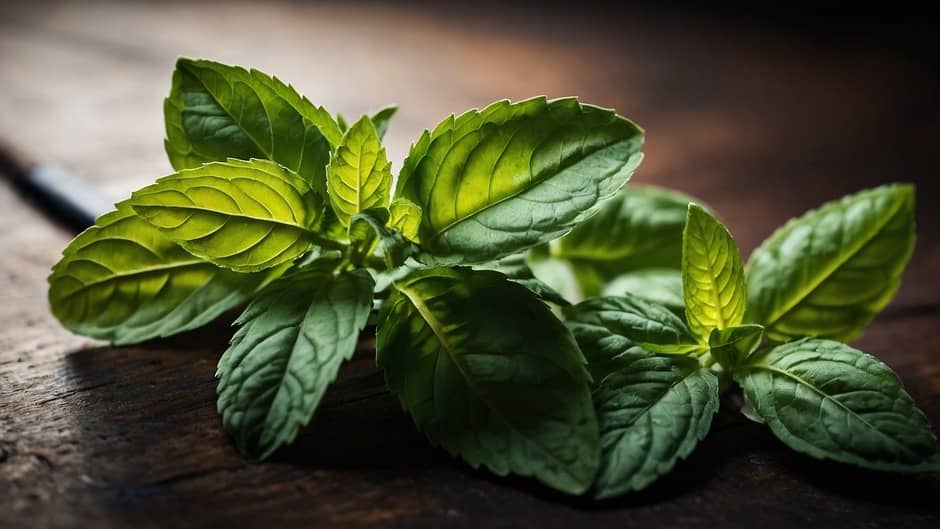Table of Contents
- Climate Change Can Affect Animals and Plants in Many Ways
- How Does Climate Change Affect the Life of Plants and Animals?
- Global Warming
- Three Effects of Climate Change on Animals
Climate Change Can Affect Animals and Plants in Many Ways
It’s acceptable to take pictures of melting ice caps and rising sea levels when discussing weather change.
However, the impact is much more profound, especially for the plants and animals that share this world with us.
Let’s see how has climate change affected animals?
Imagine what it’s like when the weather suddenly shifts, as during an unexpected heat wave or cold snap—vegetation and animals also enjoy this, but on a far larger scale.
For example, several creatures find it more difficult to survive and pass on the story of their natural environments as the temperatures start to rise.
Another example, polar bears search for seals on the ice, which is one of their main food sources.
However, because the ice melts earlier each year, those bears have to go farther and search harder for food, putting them in danger.
Similar to this, birds that migrate solely on the basis of the seasons may find when they get to their preferred holiday site that the food they depend on isn’t available since the flora they eat hasn’t flowered.
Furthermore, plants have their own unique set of difficulties. Certain areas become too warm or too dry for positive vegetation to flourish as the weather shifts.
Imagine a well-manicured lawn that has been there for many years.
No matter how much water they receive, certain vegetation may wilt and die if the climate suddenly becomes much hotter.
This also happens in nature, where entire forests may struggle to survive in changing climates, which has an impact on the species that depend on them.
How Does Climate Change Affect the Life of Plants and Animals?
It’s acceptable to take pictures of melting ice caps and rising sea levels when discussing weather change.
However, the impact is much more profound, especially for the plants and animals that share this world with us.
Imagine what it’s like when the weather suddenly shifts, as during an unexpected heat wave or cold snap—vegetation and animals also enjoy this, but on a far larger scale.
For example, several creatures find it more difficult to survive and pass on the story of their natural environments as the temperatures start to rise.
For example, polar bears search for seals on the ice, which is one of their main food sources.
However, because the ice melts earlier each year, those bears have to go farther and search harder for food, putting them in danger.
Similar to this, birds that migrate solely on the basis of the seasons may find when they get to their preferred holiday site that the food they depend on isn’t available since the flora they eat hasn’t flowered. Furthermore, plants have their own unique set of difficulties.
Certain areas become too warm or too dry for positive vegetation to flourish as the weather shifts.
Imagine a well-manicured lawn that has been there for many years.
No matter how much water they receive, certain vegetation may wilt and die if the climate suddenly becomes much hotter.
This also happens in nature, where entire forests may struggle to survive in changing climates, which has an impact on the species that depend on them.
Also Read – All Symptoms Of Colon Cancer – Colorectal Cancer Among Young Americans (2024)
Global Warming
Let’s now investigate what happens when animals and vegetation are unable to adapt to the changes and instead spread.
This is more difficult than simply packing up and moving somewhere fresh.
This could refer to animals or seeds being transported by the wind to new areas where they may have a better chance of living for longer. However, the journey is not simple. Since they cannot move quickly, plants cannot thrive in an environment that is not relatively suitable for them.
On the other side, animals may move to higher altitudes or cooler regions where the climate is more suitable.
But this will also present new difficulties.
For instance, when animals enter new areas, they could encounter resistance from existing species or even go to war to find the right food. Sometimes, they won’t even find any suitable habitat at all.
A few animals have already been seen moving to higher altitudes or closer to the poles in order to escape the heat. Fish are migrating to colder waters in the Atlantic, which could affect local fishing businesses.
On land, species that formerly inhabited a particular area are now found in entirely new places, occasionally posing an abrupt threat to the nearby ecosystems.

Three Effects of Climate Change on Animals
Now, let’s talk about something that is actually changing the world around us: weather change.
It’s hurting everyone and everything—not just humans but animals as well—in ways that we wouldn’t often think about.
I’ll walk you through three major ways that the weather changes affect animals, and believe me when I say that this is something that is incredibly important to know.
1. Shifting Habitats
Let’s think about the environments in which animals live first.
Whether it’s a chicken in the forest, a fish in the sea, or a polar bear on the ice, every creature in the planet has its own special place in it.
However, those places are changing faster than the ability of the animals to adapt due to weather change. For instance, certain areas are getting too hot for certain species, thus in order to survive, they should migrate to colder climates.
The issue is that no animal can just percent up and leave anymore. Some are unable to move quickly enough, or they are unable to find a new area that works for them.
These creatures may experience a great deal of stress as a result, and in certain situations, it may even inspire them.
2. Disrupted Food Chains
Okay, so let’s talk about meals since, you know, everyone wants to eat, right?
Animals depend on a balanced environment where they can find the right foods at the right times. However, the fluctuating weather is upsetting this equilibrium.
Higher temperatures, for example, can intentionally cause positive bugs to hatch earlier or positive flora to blossom earlier. Even though that might not seem like a big concern, it is because the creatures who depend on those plants or insects aren’t yet ready to eat them.
Imagine if breakfast was abruptly served at three in the morning. You might miss it and find that it’s gone by the time you get hungry.
That is what some animals are going through.
This mismatch can cause shortages in food, which in turn affects many species rather than just one. It can also have a knock-on effect along the entire food chain.
Also Read – What Can You Do To Save Energy And Nature? – What Is The Importance Of Protecting Our Environment? (2024)
3. Threats to Reproduction
Reproduction is the 0. 33 factor I need to touch on. We all know that animals need safe, secure homes to raise their young and for them to survive.
However, the weather anomaly is also complicating matters.
In certain species, the ambient temperature influences how the progeny interact with each other. Consider sea turtles as an example.
More female turtles than males are born when the sand where they lay their eggs gets too warm, upsetting the equilibrium that is intended for future generations. Then there are creatures like polar bears, whose frigid natural areas are disappearing.
When there isn’t enough ice, polar bears fight to find the right spots to raise their young. There is serious fear that if there are fewer cubs, there may eventually be fewer polar bears.
Therefore, it’s important to remember that weather change is more than just a general concept when we discuss it.
It’s true, and the animals that make up a large portion of our globe are directly affected.
By learning about these changes, we will start to understand why protecting the environment is so important—not just for ourselves, but for other living things as well.
Since every portion of the device is interconnected, any disruption to one part only affects a count of time before affecting the entire thing.
Read us on Medium.




